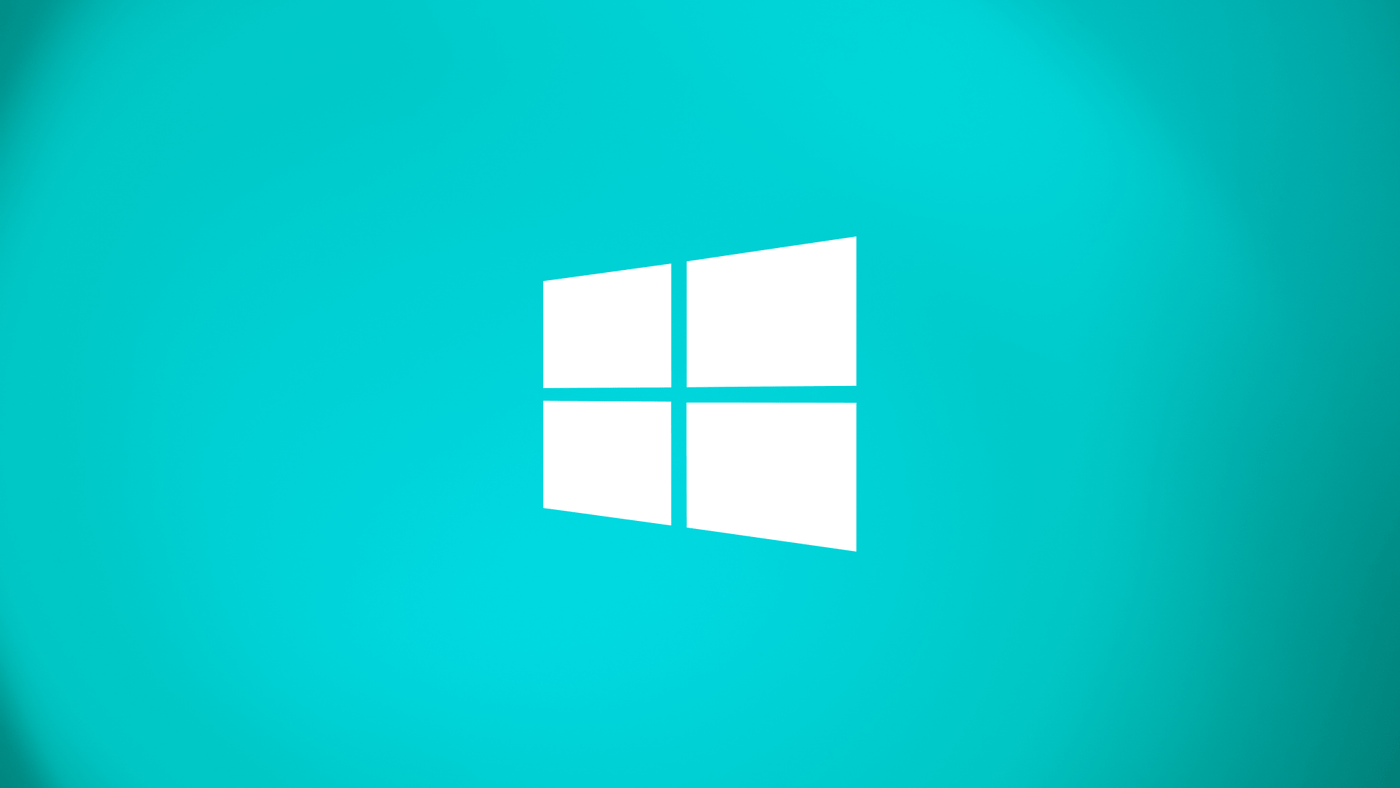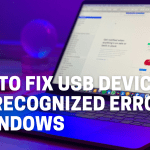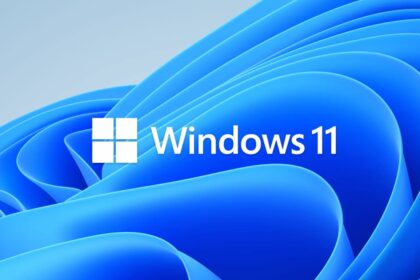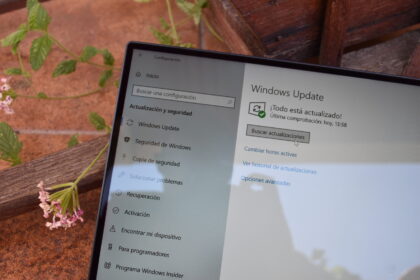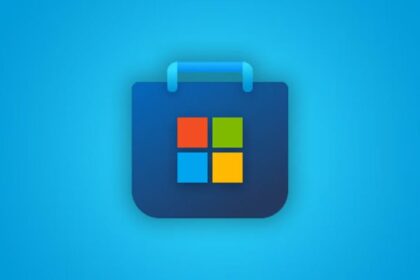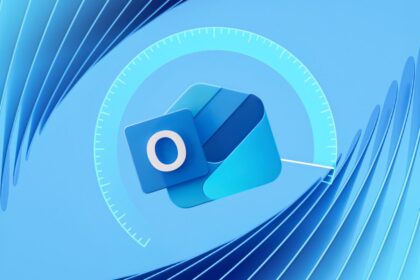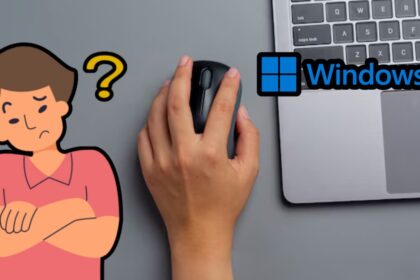Thinking of “PC” makes most people almost automatically think of Windows. Microsoft’s operating system, which had its first version released in 1985, underwent numerous renovations and updates until it reached the advanced stage it is today — more attractive, intuitive, and valuable than ever.
Microsoft Windows, the formal name for the family of operating systems, did not appear exactly as an OS but as a graphical interface software complementary to MS-DOS — this, in fact, the company’s first system. To reach the computer synonym stage, the developers have taken a long road — full of mistakes, successes, and obstacles.
Windows 1.0
The story begins before him, in MS-DOS. In 1981, Microsoft began the development of graphical user interface software, which later became Windows. When finally released on November 20, 1985, Windows 1.0 was just a two-dimensional interface software to facilitate the use of the operating system of IBM computers at the time.
It was the first time Microsoft tried to embed a system with multitasking support. Installing Windows 1.0 required a computer with an “astonishing” 256 KB of RAM, a hard drive (not so common then), and MS-DOS 2.0 or later. In it were the first versions of very popular programs today, such as the Reversi game, Notepad, and Paint. Complementary software such as Calendar, Clock, and communication apps was also present.
Of all the software’s new features, perhaps one of the most important has been mouse support. Users didn’t need to use a PC with command lines, which was one of the first signs that the fight with Apple would be fierce. A year before launch, System 1, part of the Macintosh operating system family, provided the peripheral with utility (including training software). So it wasn’t an unheard-of addition to the world.
Windows 2.0
The most significant software update, Windows 2.0, arrived in 1987 and followed the same proposal of being a complement with a graphical interface for MS-DOS. The biggest news? Window overlay a feature not available in the previous version.
The flexibility allowed the user to maximize and minimize a window, as is the current function. At the time, Windows 2.0 shipped on up to nine high-density floppy disks (316 KB). The interface was practically the same, but new colors, tools, and resources gave the update an air of renewal.
Windows 3. x
Three years later, Windows 3.0 was released. It was Microsoft’s first success with a graphical interface — which still ran on MS-DOS. This time, however, it was even more apparent that competition with Apple was the focus.
With it, computers had a new look, support for CD drives and sound cards, and the first version of the well-known Solitaire game. For all that, a massive 5MB of computer storage was taken up (a big deal for the time).
Windows 95
It was in Windows 95 that Microsoft gave up MS-DOS to put the graphical interface at the forefront of the operating system. The classic OS edition was released in August 1995 and was brand new, significantly different from previous versions.
The Start Menu finally appeared next to the taskbar, both still present today. Files could have names of up to 255 characters. It was in this edition, too, that Internet Explorer appeared. It was not installed by default but was part of a Plus upgrade package.
Windows 98
Following the three-year upgrade window, Windows 98 was released in 1998. The advances were directly related to Windows 95 but were not as significant.
Support for USB devices and multiple monitors appeared. Internet Explorer ceased to be an add-on and became the native browser for Windows, putting Microsoft at war with Netscape. After that, the Windows 98 Second Edition (SE) version corrected several bugs but did not introduce many new features.
Windows ME
Later, the numerical sequence was replaced by ME, an acronym for Millenium Edition, in the version of Windows released in 2000. The software introduced some minor improvements to the operating system. It offered a faster boot than the previous ones, but it did not have backward compatibility with MS-DOS-based programs, which were still essential for users.
Consumer impressions of the system were that it was flawed and unstable, and its release was barely noticeable—and likely rushed. That year, Apple announced a version of Mac OS X; afraid of losing space, Microsoft anticipated and released Windows ME. Its presence didn’t last long, as the general darling, Windows XP, replaced it the following year.
Windows XP
In 2001, Microsoft released Windows XP to the world. The acronym XP is derived from the word “eXPerience.” One of its main differences was in the interface — which was completely reworked in this version. Gone are the square shapes and three-dimensional grayscale effects, and a colorful palette has taken place.
System speed was significantly faster, even at startup. Component support has been improved, and account switching between users has finally become a standard.
Windows Vista
Going into the latest versions of Windows, Vista was one of Microsoft’s most well-known fiascoes. Visually, it was brand new, thanks to the new GUI known as Windows Aero. The operating system was released five years after Windows XP, in January 2007.
In Vista, Microsoft wanted to correct one of the most criticized flaws of its predecessor: security. Unfortunately, it wasn’t flawless and still had flaws found in the previous edition.
XP’s successor was seen as cumbersome, in line with the minimum requirements at the time. Technical problems and more restrictive licensing terms made the media and users take the update badly.
Windows 7
Two years later, in 2009, Windows 7 arrived at the party. With the same Windows Aero in the interface, it was an infinitely more refined version of Vista, but without great ambitions or promises. The focus was on being cleaner, more efficient, and more user-friendly — important points highlighted as flaws in the predecessor.
It was a resounding success at the time. More than 100 million copies have been sold worldwide — a value that reached 630 million in July 2012. Until 2018, it was considered the most popular operating system in the series until it lost its position to Win 10 (which we will discuss later). Further ahead).
Windows 8
If Microsoft had an addiction to alternating between successes and failures, Windows 8 was yet another proof of this cycle. The operating system was betting on a mobile footprint for computers in an attempt by Microsoft to unify experiences between PCs and laptops.
It didn’t work out well, especially since Microsoft abandoned features very dear to users. The Start Menu lost its simple layout to take up the entire screen whenever it was opened. Aero, the look of Windows 7 and Vista, was also left behind, which left the community very disappointed.
Windows 8.1
It didn’t take long for Microsoft to come up with a stopgap. Windows 8.1, one of the significant updates to the OS, served this process and brought back the Start button, made the desktop the default screen after startup, and the display of applications, previously limited to only two at a time, was expanded to four.
Windows 10
Then, to make things right, Windows 10 arrived in 2015. Microsoft made a firm bet on the operating system, so much so that it encouraged Windows 7 and 8 users to migrate with a free upgrade. It improved the Windows Metro interface, consolidated the recovery of the Start Menu in its entirety (but modernized), and provided a pleasant experience for both mouse and keyboard and touchscreen users.
Microsoft Edge also came with it as part of the package (although it fizzled out for years until it incorporated the Google Chrome engine). The Action Center and notifications, the addition of applications, and a friendlier footprint with web apps preserved Microsoft’s unified view between mobile and desktop without impacting the user experience.
The evolution of Windows 10 followed constantly. Microsoft no longer treated its operating system as a product but as a service. Twice a year, the brand releases massive update packs to renew the experience (from visual to functional), and a lot has changed since its launch.
Windows 11
To end the party (for now), Windows 11 arrived by surprise in an announcement in June 2021. The operating system would be another massive revamp of the Windows family, including a new look, features, a friendlier approach to Linux (including Android app support), and much more.
Still, the launch ran into some difficulties. Previous phantoms, such as high minimum requirements, became an issue shortly after the announcement. The system, however, seems to be a direct evolution of the predecessor and is capable of breaking the cycle of a hit followed by a mistake by the giant in terms of version changes.
Important mentions
Throughout the evolutionary process of Windows, the main line of operating systems has not been the only one to represent Microsoft’s ideas. Windows Phone and server versions of the OS also played a crucial role in the company’s growth in expertise and popularity. In Brazil, for example, the company’s software that shipped cell phones was quite common, as the manufacturer Nokia was quite successful among Brazilians.
In addition, Microsoft’s presence as a software development company has changed significantly throughout its history. The company grew and revised important concepts with each turn and change of CEO. When Satya Nadella’s leadership began, the brand focused on smartphone apps and closer laptop-computer integration.
In addition, games and the Xbox ecosystem also lived a part in this evolution, and currently, the PC is a living part of Microsoft’s games segment. The company’s broad support for publishers and the operating system’s immense popularity cemented Windows as a home for computer gamers.

